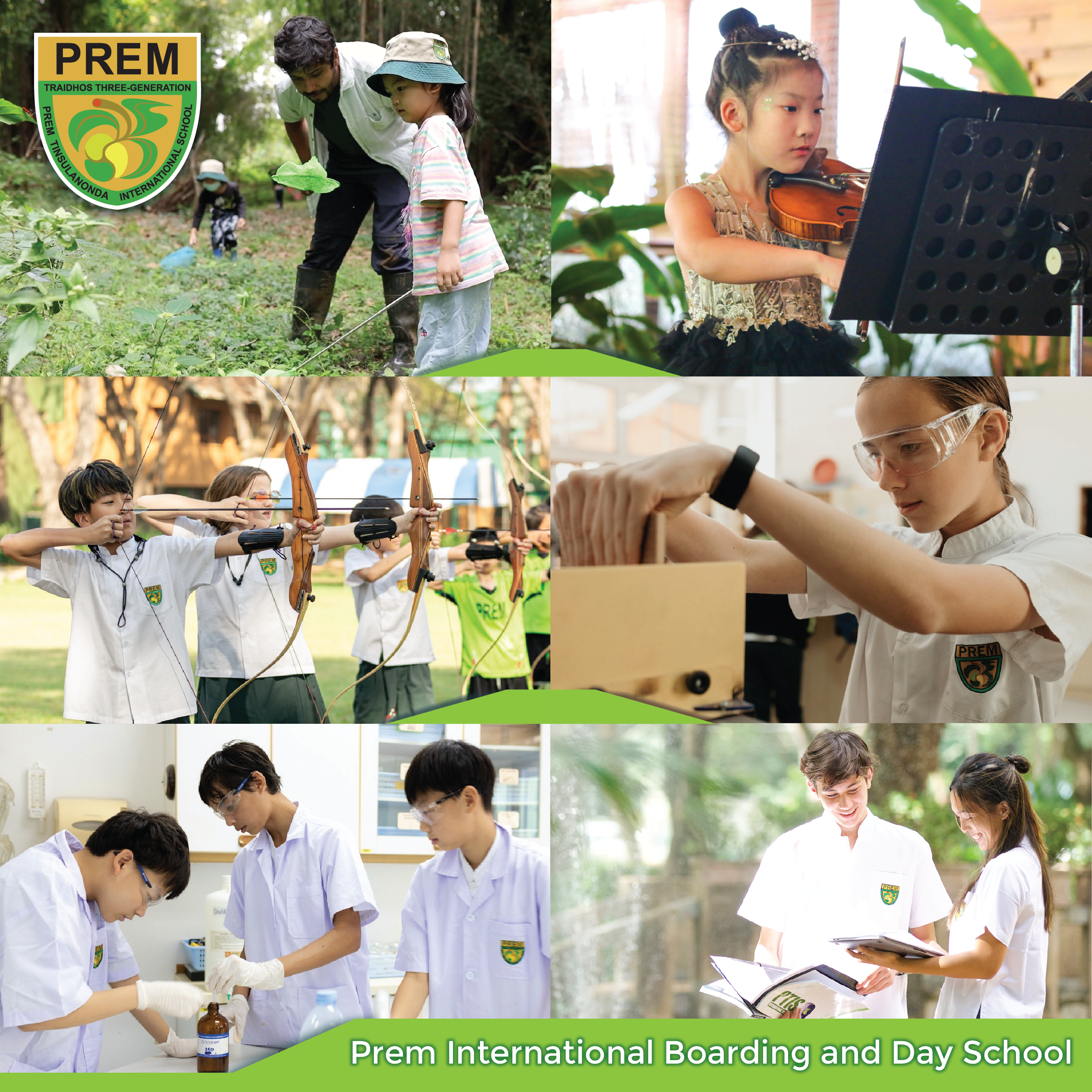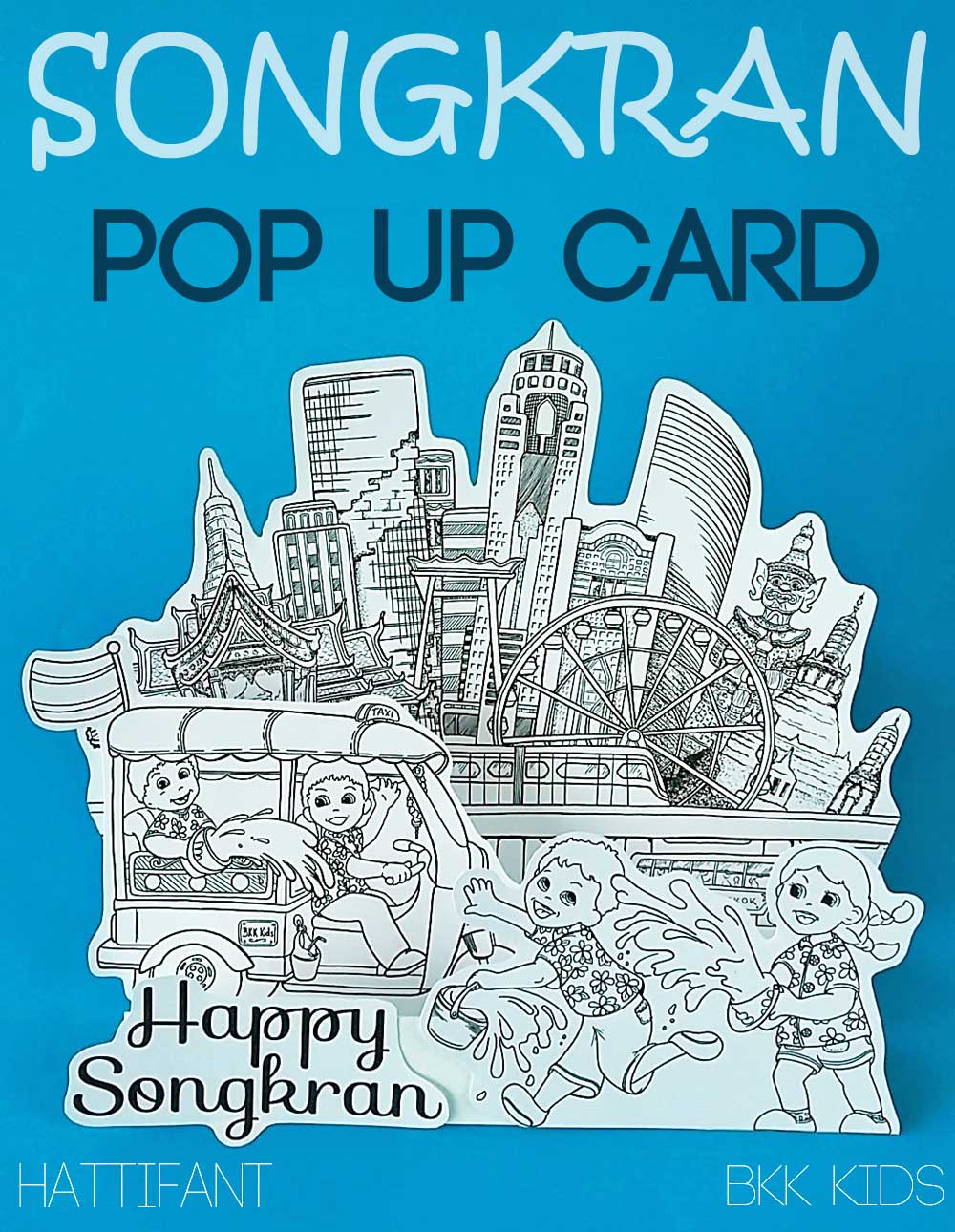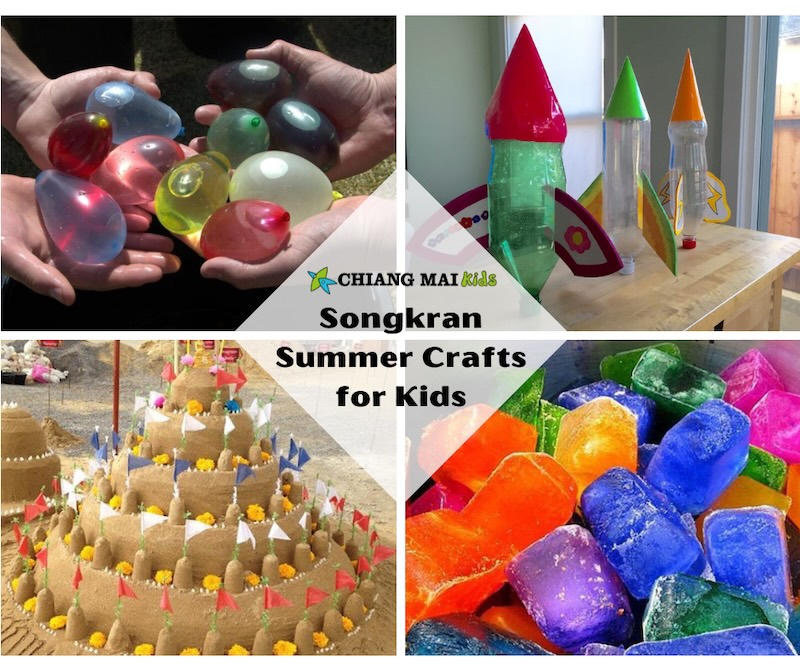You know, rainy days can sometimes throw a wrench into your plans, especially when you’ve got energetic kids at home. But hey, there’s a silver lining – a whole bunch of indoor activities that can transform a potentially gloomy day into an exciting adventure. And sometimes, you just have to let the kiddos run wild on those rainy days!
Now, one of these delightful and intellectually stimulating activities is the good old-fashioned coloring session.
What’s so great about coloring, you might ask? Well, it’s all about simplicity. All you need are some coloring materials and a stack of pages with outlines just waiting to be brought to life with vibrant colors.
These coloring pages can span a wide range of themes, from animals and plants to planets.
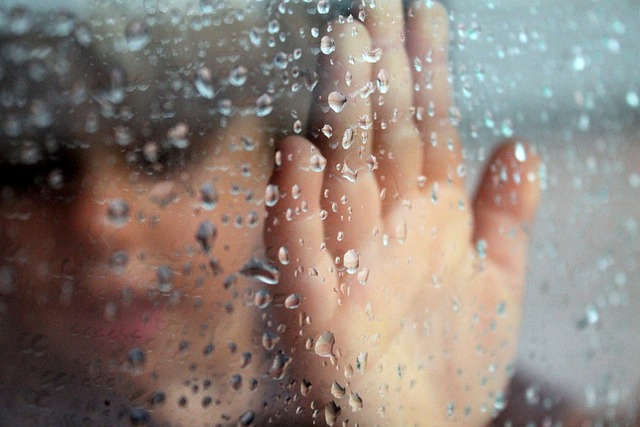
Let’s Dive into the Animal Kingdom: Animal Coloring Pages
Kids are naturally drawn to animals, right? So, what better way to keep them engaged indoors than by letting them create colorful versions of their favorite animals?
Animal coloring pages aren’t just a way to keep the little ones busy – they’re also an awesome educational tool. They introduce kids to different animal species, their habitats, and what makes each one unique.
Take, for example, a zebra. While coloring it in, kids can learn about its black-and-white striped pattern, its plant-based diet, and where it calls home in the African savannas.
And you know what? This hands-on learning makes education a whole lot more fun and keeps those little minds engaged for longer.
Nurturing Creativity with Plant Coloring Pages
Once the kids have taken their journey through the animal kingdom, it’s time to introduce them to the wonderful world of plants. There are countless ways to bring the outdoors inside.
From blooming flowers to towering trees, plant coloring pages can ignite kids’ imagination and help them develop their artistic talents.
As they color in a sunflower or an oak tree, they’re also learning about the different parts of a plant and what each part does.
For instance, coloring a flower can lead to a conversation about how petals attract pollinators, tying creativity and knowledge together seamlessly.
Exploring The Cosmos: Planet Coloring Pages
After their terrestrial adventures with animals and plants, kids are ready for their next exciting journey – into outer space!
Planet coloring pages are a fantastic way to teach them about the solar system and all those celestial bodies up there.
As they color in the rings of Saturn or the red surface of Mars, they become little astronauts exploring the mysteries of the universe right from their own homes.
Each planet has a story to tell, and it can spark a child’s imagination. The fiery surface of Venus or the icy rings of Saturn could lead to discussions about the different conditions on planets, gravity, and the distances between celestial bodies.
So, these planet coloring pages are like a magical blend of fun and knowledge, creating a beautiful tapestry of learning.
The Enchantment of Storytelling: Dive into the World of Books
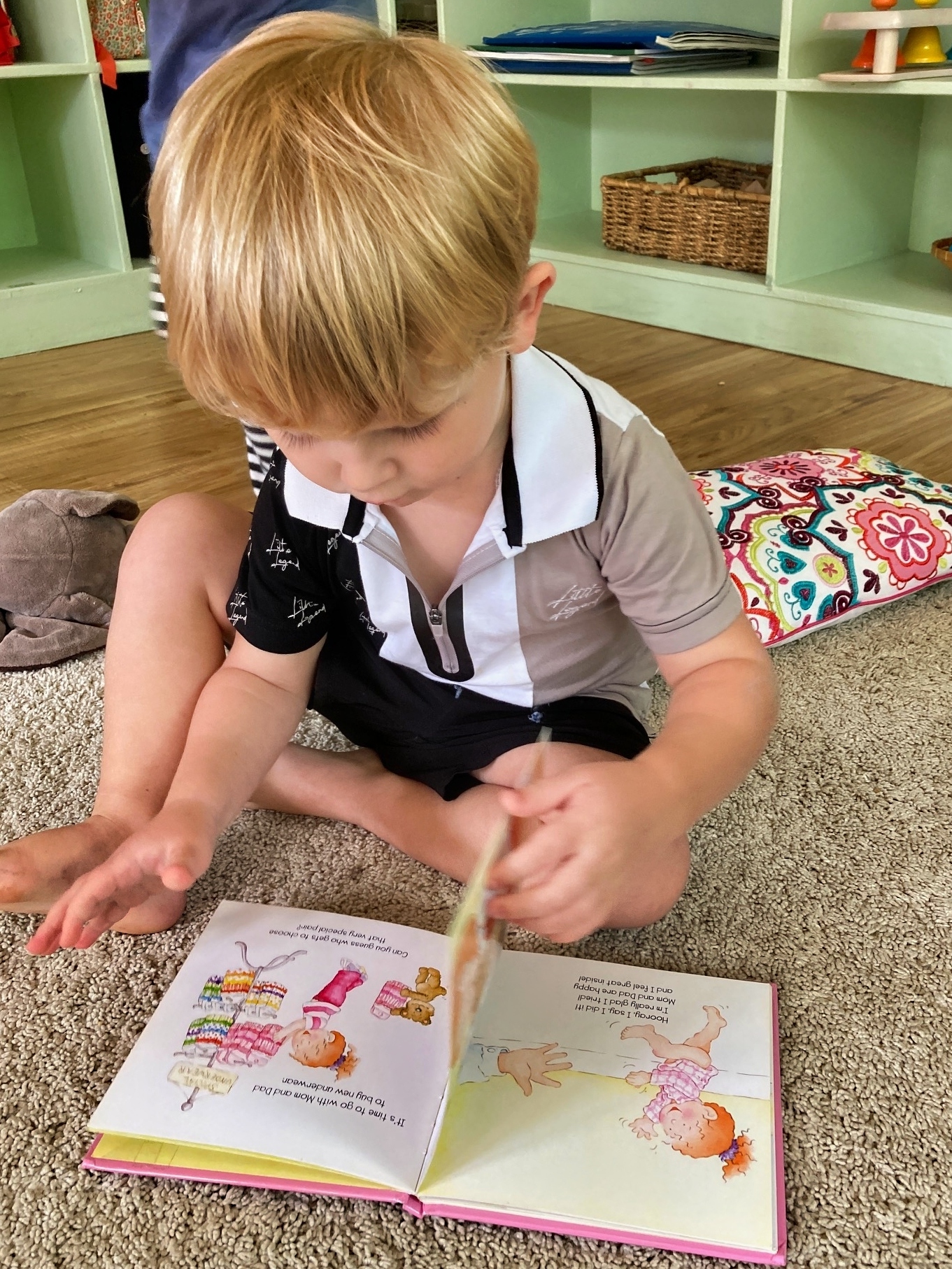
While coloring pages are all about visual creativity, books take kids on a different yet equally enriching adventure.
Storytelling, whether through picture books for the little ones or chapter books for the older kids, offers a multifaceted platform for learning, imagination, and language development.
Picture Books: Sparking Imagination
For the little ones, picture books are the perfect introduction to the world of reading. They ignite creativity and imagination through the wonderous world of reading and developing early reading skills.
Reading these picture books aloud can also be a bonding activity for parents and kids, making the experience even more special. As you share stories of dragons, unicorns, or brave heroes, you’ll see those little eyes light up with wonder.
Chapter Books: Exploring Complex Narratives
As kids grow, they’re ready for more complex narratives, and that’s where chapter books come in. These books challenge their critical thinking skills and empathy.
They can explore stories of adventure, mystery, friendship, and courage that shape their worldview and values. Series like Harry Potter, Chronicles of Narnia, or Percy Jackson not only entertain but also teach valuable lessons about resilience, camaraderie, and moral courage.
Non-Fiction Books: Learning About The Real World
Alongside fiction, non-fiction books are a fantastic way to introduce kids to real-world concepts in an engaging manner.
Books about space exploration, natural wonders, or biographies of significant personalities offer a vast treasure trove of knowledge. Plus, they’re perfect for catering to a child’s specific interests, whether it’s dinosaurs, ancient civilizations, or modern technology.
Reading non-fiction can supplement what kids learn in school and spark a lifelong passion for learning and discovery.
Building Worlds: Indoor Construction Play
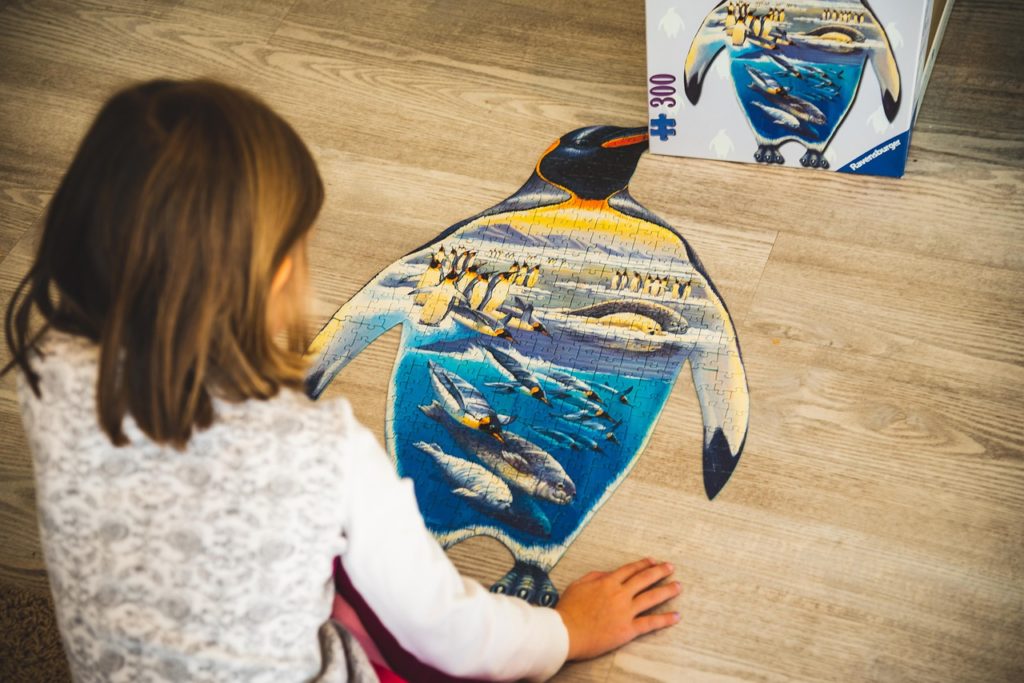
Moving beyond the two-dimensional realm of coloring pages and books, construction play taps into kids’ spatial intelligence and fine motor skills.
It involves building blocks, puzzles, or DIY craft materials, each offering a unique avenue for creativity and engagement. Here’s how these tools can turn a rainy day into a platform for creative construction.
Building Blocks: Foundation Of Spatial Intelligence
Building blocks have been a staple of childhood play for ages. They offer endless possibilities, whether it’s constructing towering skyscrapers, creating imaginary cities, or understanding concepts like balance and gravity.
Kids can build skyscrapers, bridges, or forts, pushing the boundaries of their imagination. In the process, they develop spatial intelligence, grasp shapes and symmetry, and learn the basics of physics. It’s an unplugged activity that nurtures creativity and critical thinking in a tangible, hands-on way.
Puzzles: Piecing Together The Bigger Picture
Puzzles are another great option for indoor play. They challenge kids to piece together fragments into a coherent whole, whether it’s a simple 20-piece puzzle for little ones or a 1000-piece challenge for older kids.
Solving puzzles helps children develop patience, concentration, and problem-solving skills. That sense of accomplishment when they place the final piece and see the complete picture boosts their self-confidence and perseverance.
DIY Craft Projects: The Joy of Creating
Craft projects offer kids the joy of making something with their own hands, whether it’s crafting paper animals, building a cardboard house, or making bead jewelry.
As they manipulate materials, make design decisions, and troubleshoot problems, they develop fine motor skills and critical thinking abilities. Plus, the creations they make become tangible mementos of their creativity and resourcefulness.
Closing Thoughts
To sum it all up, engaging in constructive play can transform a rainy day into a chance for creative exploration, problem-solving, and hands-on learning. So, the next time the weather keeps you indoors, don’t hesitate to grab those building blocks, puzzles, or craft supplies, and watch your child’s imagination and skills bloom.


